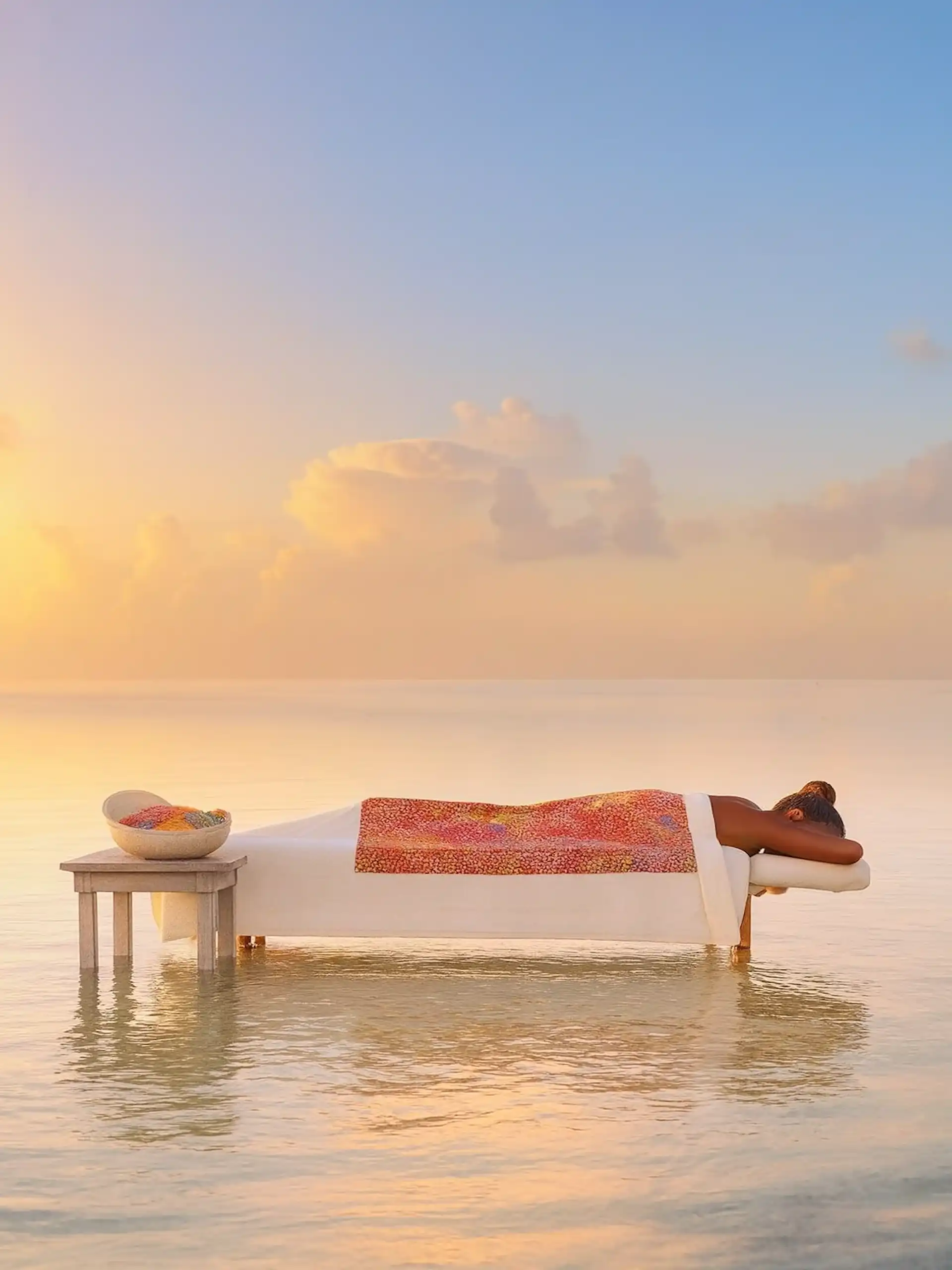Car-free Islands in Europe
Imagine stepping off a boat to find streets untouched by the hum of engines. You enter a world where walking paths replace highways, and conversations hum over honking horns. Therefore, these car-free islands beckon to a slower pace, where travel isn’t just a journey but a return to simpler times. For instance, from Venice’s bustling waterways to Lamu’s serene donkey paths, these islands transport you to a space where leisure and local culture blend beautifully. Ultimately, each place on this list carries its unique way of life—a slice of history set apart, just waiting to be explored.
Table of Contents
- Car-free Islands in Europe
- Venice, Burano, and Murano, Italy
- Hydra, Greece
- Car-free Islands in Africa
- Lamu, Kenya
- Car-free Islands in North America
- Mackinac Island, Michigan, USA
- Fire Island, New York, USA
- Cumberland Island, Georgia, USA
- Car-free Islands in Asia
- Büyükada, Turkey
- Car-free Islands in Oceania
- Rottnest Island, Australia
- Conclusion: Car Free Travel
- Like it. Pin it.



Venice, Burano, and Murano, Italy
- Transportation: Gondolas, vaporetto (water buses), and bicycles
- Getting There: Reach Venice from nearby Mestre or Treviso. Venice’s Marco Polo Airport connects easily by boat or train.
- Language: Italian
- Currency: Euro (€)
Venice is one of the original car-free islands, since its origins due to its unique geography. Built on over 100 islands in a lagoon, the city’s waterways became natural “streets,” making cars impractical and unsuitable. Instead, Venice adapted to boats as the primary mode of transportation, with gondolas and vaporettos becoming the city’s arteries. The choice wasn’t so much a ban on cars as a matter of necessity—Venice’s infrastructure could never accommodate them.
Nearby, Burano and Murano share this trait. Burano’s narrow streets and colorful houses, crafted for foot traffic, support a centuries-old lifestyle. Murano, known for its delicate glass art, also benefits from being car-free, maintaining an artisanal atmosphere and quiet streets that keep distractions at bay.

The Carnevale di Venezia in 2025 is scheduled from February 14 to March 4, 2025. As always, this annual festival, renowned for its elaborate masks and vibrant parades, offers a unique glimpse into Venice’s rich cultural heritage. The festivities typically include events such as the “Flight of the Angel” and the “Festa delle Marie,” both held in the iconic Piazza San Marco. In addition, visitors can enjoy various masquerade balls, street performances, and traditional Venetian cuisine throughout the city during this period. Overall, it remains one of the most anticipated cultural celebrations in Italy.

Hydra, Greece
- Transportation: Donkeys, bicycles, and water taxis
- Getting There: Catch a ferry from Athens’ Piraeus port (about 90 minutes).
- Language: Greek
- Currency: Euro (€)
Hydra exudes classic Greek charm with rugged cliffs, quaint harbors, and cats lounging in the sun. Cars? Not here. Donkeys and mules are the primary means of transportation, winding up and down narrow cobblestone paths. Hydra went car-free in the 1950s, protecting its architectural gems and peaceful atmosphere. When I arrived on Hydra, I was greeted by clear waters and tavernas wafting with grilled octopus, like a movie set without modern-day intrusions.
Every October, Hydra’s Rebetiko Festival brings the island alive with folk music. It celebrates Greece’s soulful version of the “Greek blues.” Rebetiko started in the early 1900s among Greece’s working class and immigrants.


Car-free Islands in Africa
Lamu, Kenya
- Transportation: Donkeys and traditional dhows (boats)
- Getting There: Take a short flight from Nairobi to Lamu Airport, then a quick boat ride to town.
- Language: Swahili, English
- Currency: Kenyan Shilling (KES)
Lamu’s old town, a UNESCO World Heritage site, feels like a storybook of Swahili architecture and ancient mosques. Instead of cars, donkeys clip-clop along sandy lanes. Meanwhile, traditional wooden dhows, with their iconic triangular sails, drift peacefully across the Indian Ocean.

Car-free Islands in North America
Mackinac Island, Michigan, USA
- Transportation: Horse-drawn carriages, bicycles, and walking
- Getting There: Take a ferry from Mackinaw City or St. Ignace.
- Language: English
- Currency: U.S. Dollar ($)
Mackinac banned cars in 1898, creating a nostalgic, horse-drawn world. Since then, bicycles and carriages have ruled the streets, and the air is filled with a delicious blend of lake breezes and fudge shops. As I explored, I cycled around the island, passing Victorian houses and wildflower meadows, and felt like I’d stumbled onto a film set.
The Mackinac Island Lilac Festival is scheduled for June 6–15, 2025. This annual event celebrates the island’s rich history and vibrant lilac blooms, featuring activities such as the Lilac Queen coronation, a 10K run/walk, free lilac walking tours, and the Grand Parade. Then, visitors can also enjoy live music, lilac planting seminars, and various family-friendly events throughout the festival. Finally, it remains one of the island’s most beloved traditions. Please visit the official Mackinac Island Tourism Bureau website for detailed information and updates.
Fire Island, New York, USA
- Transportation: Walking, bicycles, and ferries
- Getting There: Accessible by ferry from Long Island
- Language: English
- Currency: U.S. Dollar ($)
Fire Island offers a peaceful escape with miles of beaches, charming small communities, and no cars to disrupt the quiet atmosphere. Since visitors rely on bicycles and their own two feet to get around, it has become a favorite for nature lovers. Finally, it offers a true break from the rush of everyday life.
LVB White Long Computer Desk (70 in)
combines a modern white-oak finish with a sturdy metal frame, delivering a stylish home-office solution. The expansive surface (about 70.8″ W × 31.5″ D × 29.5″ H) accommodates dual monitors, books, and workspace clutter. With durable engineered wood and a robust double Y-shaped metal base, it supports heavy equipment while offering a minimalist design.

Cumberland Island, Georgia, USA
- Transportation: Walking and bicycles
- Getting There: A ferry from St. Marys, Georgia, provides access to the island
- Language: English
- Currency: U.S. Dollar ($)
Cumberland Island is a pristine, untouched paradise with wild horses, historic ruins, and quiet beaches. Since no cars are allowed, the natural beauty remains undisturbed, offering an unforgettable experience for hikers and history enthusiasts alike. Finally, it feels like stepping back in time.



Little Palm Island Resort & Spa
Transportation: On foot or by golf cart — no cars or bikes are allowed.
Getting There: By private boat or seaplane from Little Torch Key, about 30 miles north of Key West.
Language: English
Currency: U.S. Dollar ($)
Little Palm Island Resort & Spa is a private, adults-only retreat in the Florida Keys. With just 30 thatched-roof bungalows nestled among lush palms, it offers the perfect blend of seclusion and luxury. Guests arrive by sea or sky and explore the island barefoot along sandy paths, soaking in the quiet beauty and tropical serenity. For more information, visit Little Palm Island Resort & Spa.

Car-free Islands in Asia
Büyükada, Turkey
- Transportation: Horse-drawn carriages, bicycles, and electric vehicles
- Getting There: Ferries run regularly from Istanbul’s Kabataş or Bostancı piers.
- Language: Turkish
- Currency: Turkish Lira (₺)
Büyükada, the largest of the Princes’ Islands, is just a short ferry ride from bustling Istanbul. Once a haven for Ottoman royalty, this peaceful retreat is known for its charm and serene atmosphere. Since no cars are allowed, visitors explore by bike, riding past Greek Orthodox churches, elegant Ottoman mansions, and quiet beaches. Finally, the island’s pine-covered paths and lack of traffic make it the perfect escape from the city’s hustle and bustle.

Car-free Islands in Oceania
Rottnest Island, Australia
- Transportation: Bicycles and buses
- Getting There: Ferries from Perth and Fremantle, Western Australia.
- Language: English
- Currency: Australian Dollar (A$)
Rottnest Island is also known for its adorable quokkas and beaches, and as one of the coolest Downunder car-free islands. Instead, visitors use bikes or the island shuttle bus to explore white sand bays, turquoise waters, and coral reefs.

Conclusion: Car Free Travel
Büyükada, the largest of the Princes’ Islands, is just a short ferry ride from bustling Istanbul. Once a haven for Ottoman royalty, this peaceful retreat is known for its charm and serene atmosphere. Since no cars are allowed, visitors explore by bike, riding past Greek Orthodox churches, elegant Ottoman mansions, and quiet beaches. In addition, horse-drawn carriages add to its old-world feel. Finally, the island’s pine-covered paths and lack of traffic make it the perfect escape from the city’s hustle and bustle. Above all, it offers a rare sense of tranquility so close to Istanbul.
Like it. Pin it.

Discover more from Duffel Bag Spouse Travels
Subscribe to get the latest posts sent to your email.


Comments (2)